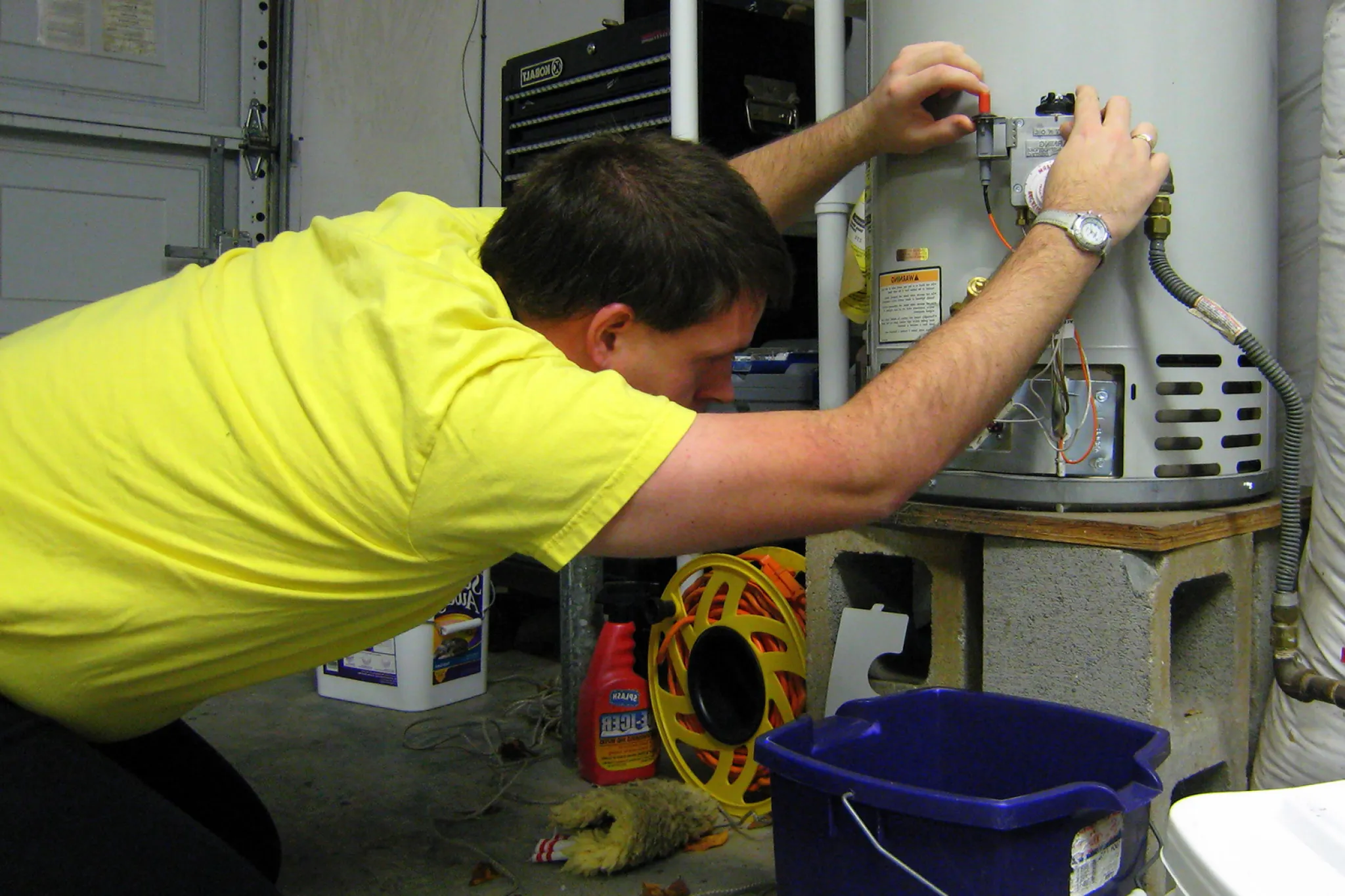What are your ideas about What Kind of Maintenance Do Water Heaters Need??

Hot water is necessary for daily comfort, whether it's for a revitalizing shower or washing recipes. To ensure your warm water system runs efficiently and lasts much longer, regular upkeep is crucial. This short article offers functional suggestions and insights on just how to preserve your home's warm water system to prevent disruptions and expensive repairs.
Intro
Preserving your home's warm water system might appear difficult, but with a couple of simple actions, you can ensure it runs smoothly for several years ahead. This overview covers whatever from recognizing your warm water system to do it yourself maintenance tips and recognizing when to call in specialist help.
Significance of Maintaining Your Warm Water System
Regular upkeep not only expands the lifespan of your warm water system but likewise guarantees it operates successfully. Overlooking upkeep can result in reduced efficiency, higher power bills, and even early failure of the system.
Indications Your Warm Water System Needs Maintenance
Knowing when your hot water system requires attention can stop major problems. Keep an eye out for signs such as irregular water temperature level, unusual sounds from the heating system, or rusty water.
Comprehending Your Warm Water System
Before diving into upkeep jobs, it's useful to comprehend the basic elements of your hot water system. Commonly, this includes the hot water heater itself, pipes, anode poles, and temperature controls.
Regular Monthly Upkeep Tasks
Regular month-to-month checks can help catch small issues prior to they rise.
Flushing the Hot Water Heater
Flushing your water heater eliminates debris build-up, boosting efficiency and prolonging its life.
Checking and Changing Anode Rods
Anode poles protect against deterioration inside the tank. Examining and replacing them when worn is important.
Checking and Readjusting Temperature Level Settings
Changing the temperature settings makes sure ideal efficiency and safety and security.
Do It Yourself Tips for Upkeep
You can execute numerous upkeep jobs on your own to maintain your warm water system in leading problem.
Looking for Leakages
Regularly evaluate pipelines and links for leakages, as these can bring about water damages and greater costs.
Checking Stress Relief Valves
Testing the pressure safety valve guarantees it operates appropriately and protects against too much stress accumulation.
Protecting Pipes
Insulating hot water pipes reduces warmth loss and can conserve power.
When to Call an Expert
While DIY maintenance is advantageous, some issues require specialist experience.
Complicated Problems Requiring Professional Help
Instances include significant leakages, electric issues, or if your water heater is consistently underperforming.
Regular Specialist Maintenance Perks
Professional upkeep can consist of detailed examinations, tune-ups, and making sure compliance with safety standards.
Verdict
Normal maintenance of your home's warm water system is necessary for effectiveness, longevity, and price financial savings. By complying with these tips and recognizing when to seek expert help, you can make sure a reputable supply of warm water without unforeseen disruptions.
How to Maintain an Instant Hot Water Heater
Before tinkering with your hot water heater, make sure that it’s not powered on. You also have to turn off the main circuit breaker and shut off the main gas line to prevent accidents. Also turn off the water valves connected to your unit to prevent water from flowing into and out of the appliance. 2. When you’re done, you have to detach the purge valves’ caps. These look like the letter “T†and are situated on either side of the water valves. Doing so will release any pressure that has accumulated inside the valves while at the same time avoid hot water from shooting out and burning your skin. 3. When the purge valves’ caps are removed, you have to connect your hosing lines to the valves. Your unit should have come with three hoses but if it didn’t, you can purchase these things from any hardware or home repair shops. You can also get them from retail stores that sell water heating systems. Read the user’s manual and follow it to complete this task properly. When the hosing lines are connected, open the purge port’s valves. 4. You should never use harsh chemical cleaners or solutions when cleaning your unit. Make use of white vinegar instead. It should be undiluted and you’ll probably use about 2 gallons. 5. Now flush your water heater. This task should probably take about 40 minutes. We can’t give you specific directions for this because the procedure is carried out depending on the type, model and brand of your heater. With that being said, refer to the user’s manual. 6. When you’re done draining the unit, you have to turn off the purge port valves again. Remove the hosing lines that you earlier installed on each of the water valves. Put the valve caps (purge port) back in their respective places and be very careful so as not to damage the rubber discs that are found inside these caps. 7. Now that everything’s back in place, check your user’s manual again to find out how to reactivate your water heating system. 8. Once it is working, turn one of your hot water faucets on just to let air pass through the heater’s water supply pipes. Leave the tap on until water flows smoothly out of it. https://www.orrplumbing.com/blog/2014/september/how-to-maintain-an-instant-hot-water-heater/

I'm very fascinated with Water Heater Maintenance Tips You Can't Afford to Forget and I am hoping you enjoyed reading our blog posting. Sharing is caring. You never know, you might be helping someone out. Thank you so much for going through it.
Call Today